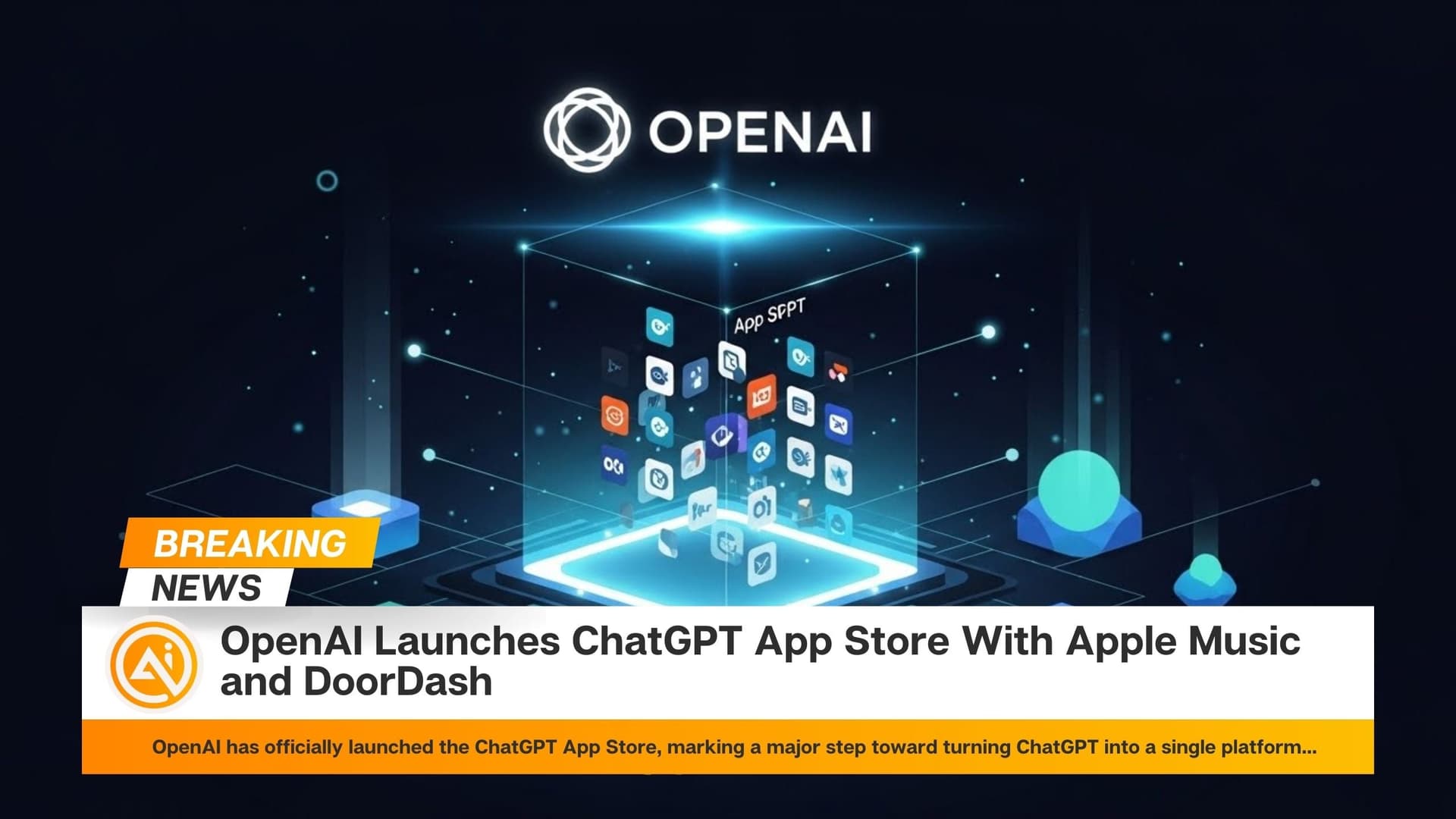Browser Use, a startup developing tools to help AI agents navigate websites more effectively, has raised $17 million in seed funding. The round was led by Felicis’ Astasia Myers, with participation from Paul Graham, A Capital, and Nexus Venture Partners. The funding highlights growing interest in making websites more accessible for AI-driven automation.
Part of Y Combinator’s Winter 2025 batch, Browser Use gained attention when Chinese startup Butterfly Effect incorporated it into its viral Manus tool. Founded by Magnus Müller and Gregor Zunic through ETH Zurich’s Student Project House accelerator, the company aims to bridge web scraping with data science. Their solution transforms website elements into a simplified, text-based structure, making it easier for AI agents to process and navigate online platforms.
Müller, who has years of experience in web scraping, met Zunic while pursuing a master’s degree in data science. Together, they built a prototype in just five weeks and later open-sourced the tool. Unlike vision-based AI systems that rely on screenshots and often face navigation issues, Browser Use converts websites into a structured, machine-readable format. This allows AI agents to execute tasks more reliably and at a lower cost.
As AI-powered automation expands, companies are seeking solutions to ensure their websites remain accessible to these systems. Müller revealed that more than 20 Y Combinator startups are already utilizing Browser Use, with many businesses approaching them to optimize their sites for AI navigation. Constant website updates, particularly on platforms like LinkedIn, frequently disrupt AI workflows, making Browser Use’s approach increasingly valuable.
Myers from Felicis emphasized the potential of web AI agents in automating human tasks, calling them a crucial bridge between static AI models and dynamic online environments. With its open-source-first approach and growing industry adoption, Browser Use is positioning itself as a foundational tool in AI-driven web interaction.
